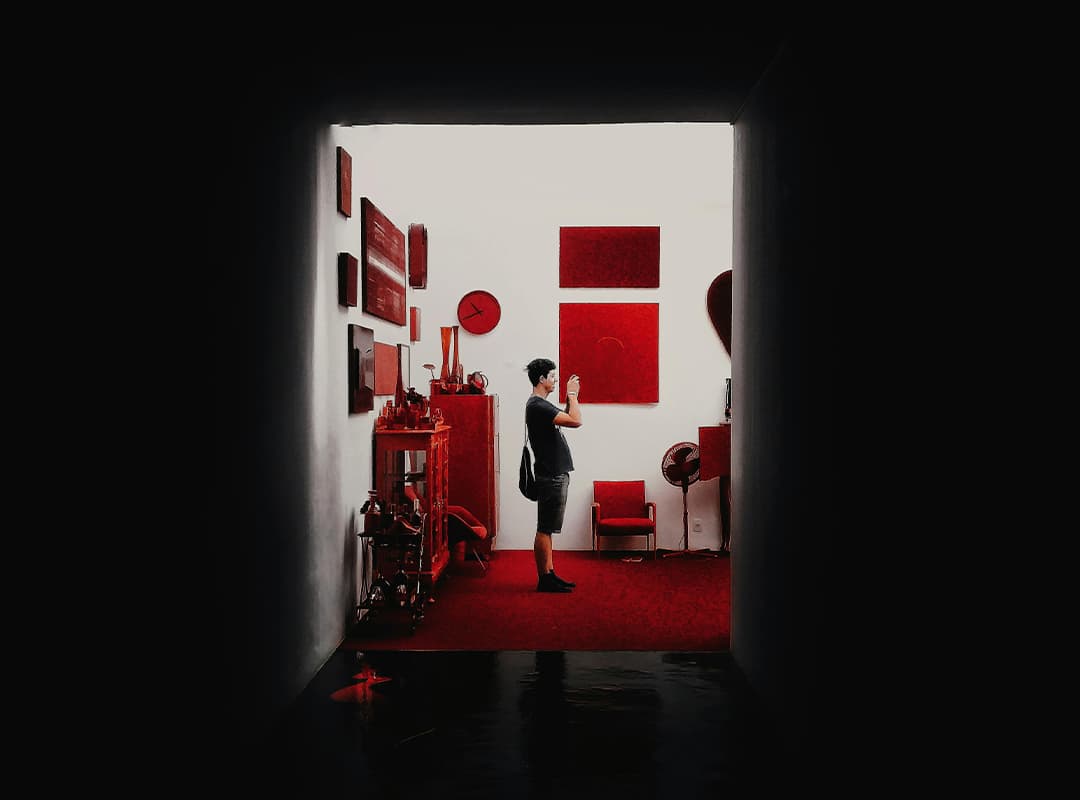The role of galleries in shaping the landscape of contemporary art in America cannot be overstated. As hubs for creativity, experimentation, and dialogue, galleries have evolved significantly over the years, influencing not only the artists they represent but also the broader art community and the public. From introducing new movements to fostering relationships between artists and collectors, galleries have become pivotal in how contemporary art is perceived, valued, and experienced.
1. A Platform for Emerging Artists
One of the most significant contributions of galleries to the contemporary art scene is their role as a platform for emerging artists. Galleries often provide young and unknown artists the opportunity to showcase their work to a wider audience. This exposure can be crucial in launching their careers and establishing their presence in the art world.
For instance, artists like Stink fish, known for his vibrant and provocative street art, have gained recognition through gallery exhibitions that elevate their work from the streets to the walls of esteemed institutions. By showcasing such artists, galleries not only support individual careers but also help diversify the narrative of contemporary art, bringing fresh voices and perspectives to the forefront.
2. Curatorial Innovation
Galleries have also become sites of curatorial innovation, often presenting thematic exhibitions that challenge conventional narratives and push the boundaries of artistic expression. Curators at these galleries play a vital role in selecting works that provoke thought and encourage critical dialogue among viewers.
Through curated exhibitions, galleries have the power to spotlight social issues, cultural movements, and experimental practices that reflect the complexities of contemporary society. By creating spaces for discourse and engagement, galleries foster an environment where art can serve as a catalyst for conversation and reflection.
3. Building Community and Collaboration
Many galleries actively cultivate a sense of community among artists, collectors, and the public. They host events, workshops, and discussions that encourage interaction and collaboration. This community-building aspect not only strengthens the relationships within the art world but also fosters a more inclusive environment for art appreciation.
By engaging with local communities, galleries can provide valuable resources for aspiring artists, educators, and art enthusiasts. This collaborative spirit encourages the sharing of ideas, techniques, and cultural experiences, enriching the contemporary art landscape as a whole.
4. Navigating the Commercial Aspect of Art
Galleries also play a critical role in the commercialization of art. They provide a platform for artists to sell their work while simultaneously educating collectors and the public about the value of contemporary art. Through exhibitions and sales, galleries help establish the market for new artists and movements.
However, this commercial aspect can be a double-edged sword. While it can lead to increased visibility and financial support for artists, it can also create pressures that influence artistic practices. Some artists may feel compelled to cater to market demands, potentially sacrificing their creative vision for commercial success. This dynamic is a point of ongoing discussion within the art community, as stakeholders strive to find a balance between artistic integrity and financial viability.
5. Expanding Access to Art
In recent years, many galleries have made concerted efforts to expand access to contemporary art. This includes offering free or low-cost exhibitions, community programs, and outreach initiatives aimed at engaging diverse audiences. By breaking down barriers to entry, galleries strive to make art more inclusive and accessible.
The rise of digital galleries and virtual exhibitions has also transformed how audiences engage with contemporary art. These platforms allow people from all walks of life to experience art in new ways, regardless of geographical constraints. As galleries embrace technology, they continue to evolve and adapt to the changing landscape of the art world.
6. Global Perspectives and Cultural Exchange
American galleries increasingly showcase global perspectives and cultural exchange, reflecting the interconnectedness of the contemporary art world. By presenting international artists and themes, galleries provide a platform for cross-cultural dialogue that enriches the local art scene.
Artists like Stinkfish, who incorporate elements of their cultural backgrounds into their work, contribute to this vibrant tapestry. Through exhibitions that highlight diverse artistic practices, galleries help foster a deeper understanding of the global context in which contemporary art exists.
Conclusion: A Dynamic Future
The impact of galleries on the landscape of contemporary art in America is profound and multifaceted. By supporting emerging artists, fostering community, navigating the commercial art market, and expanding access to art, galleries play a crucial role in shaping artistic discourse and appreciation.
As the art world continues to evolve, galleries will remain at the forefront of this transformation, adapting to new challenges and opportunities. By embracing innovation and inclusivity, they will continue to serve as vital spaces for creativity, collaboration, and cultural exchange, ensuring that contemporary art remains a dynamic and engaging part of American society.



